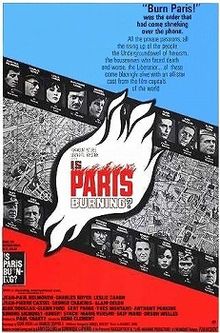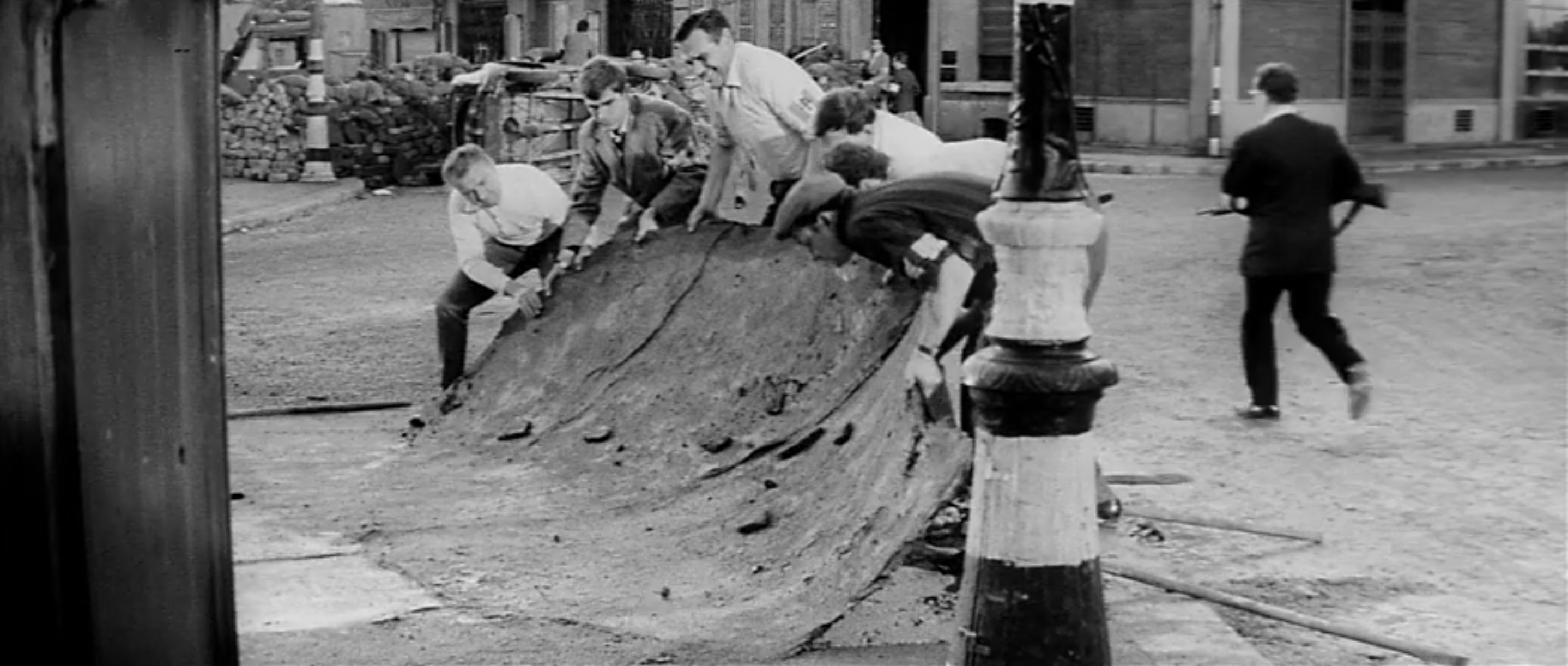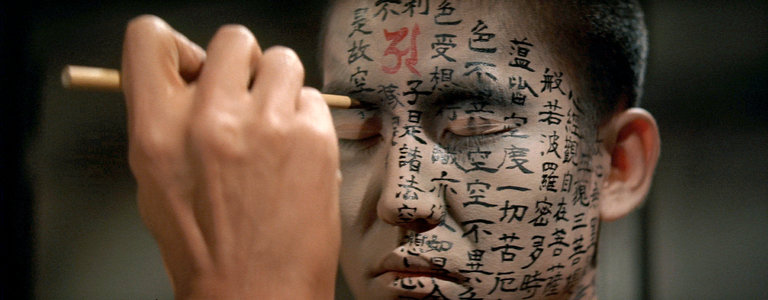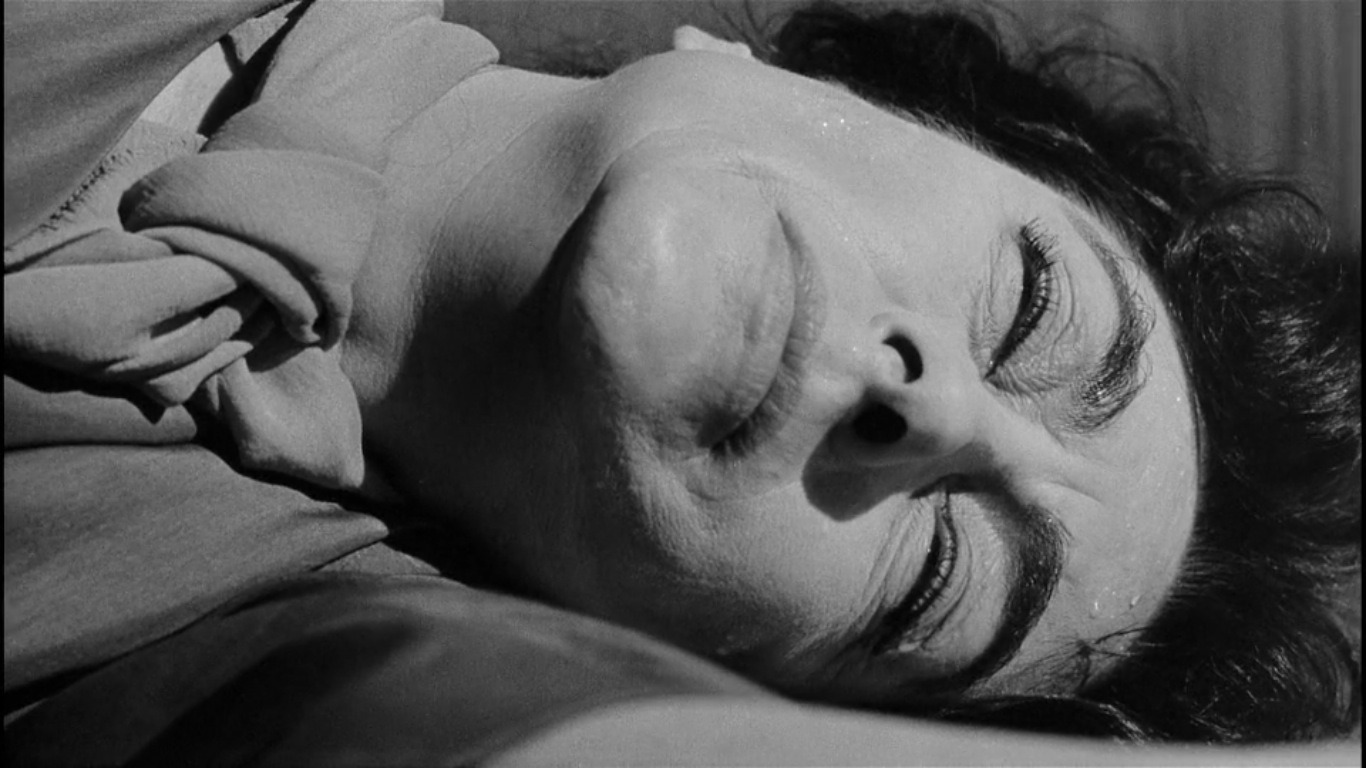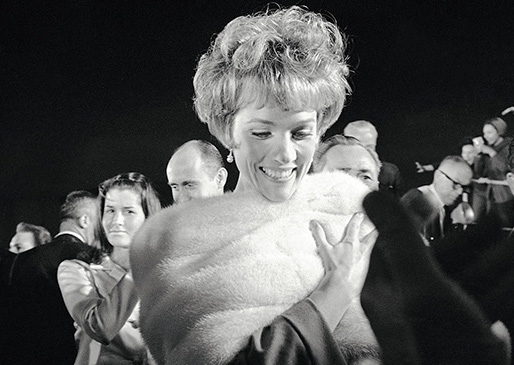Exactly How Rare / Precious is "La La Land"?
 Thursday, December 8, 2016 at 12:46PM
Thursday, December 8, 2016 at 12:46PM With La La Land opening tomorrow (go see it) we must discuss it's already combed over reception from film critics and awards pundits and the like. When La La Land took the Best Picture prize from the NYFCC last week, certain pockets of people were outraged. Suddenly it was a "safe" movie, middlebrow, something utterly and completely common. 'Boy meets girls. Boy loses girl. UGH Romantic Dramas, am I right?!' Awards season backlash and contrarianism is a real thing though people try to pretend it's not each and every year and consider their motives solely pure. I know I've been guilty of it myself. I trust exactly no one in the entire talking-about-movies ecosphere who claims they haven't. Awards season is like politics; It affects everyone, even or especially those who rage against it and claim it to be meaningless to them. File that type under "the lady doth protest too much".

Naturally I was quick to jump to La La Land's defense whenever this happened. This was not because I love it (which I do...but keeping it 100 it's not a Moulin Rouge! level masterwork or anything) or even because I am a die hard warrior for the musical form. No, I bristle solely because this stance is ridiculous. La La Land is absolutely the furthest thing from a "safe" or common movie. And how uncommon it is, after further research, was stunning even to me!
Some lists before the revelation...



